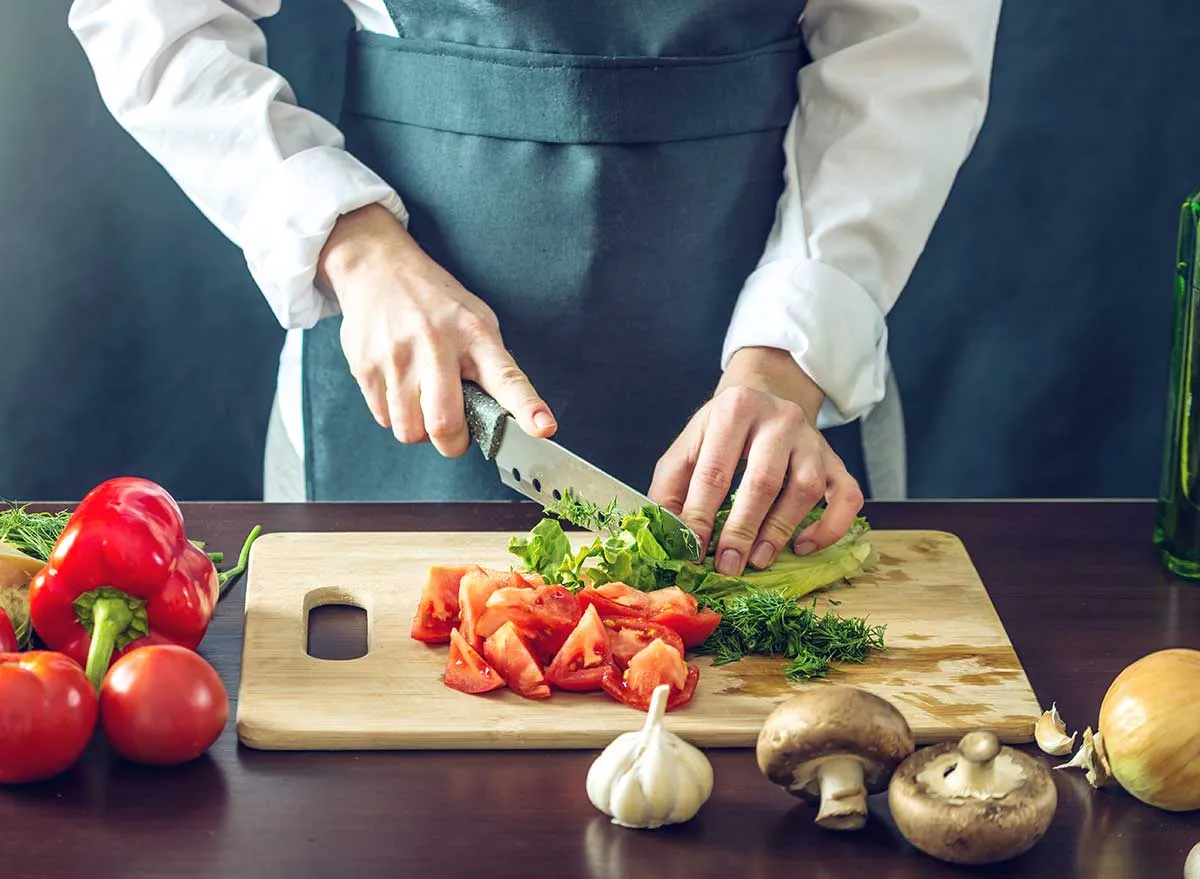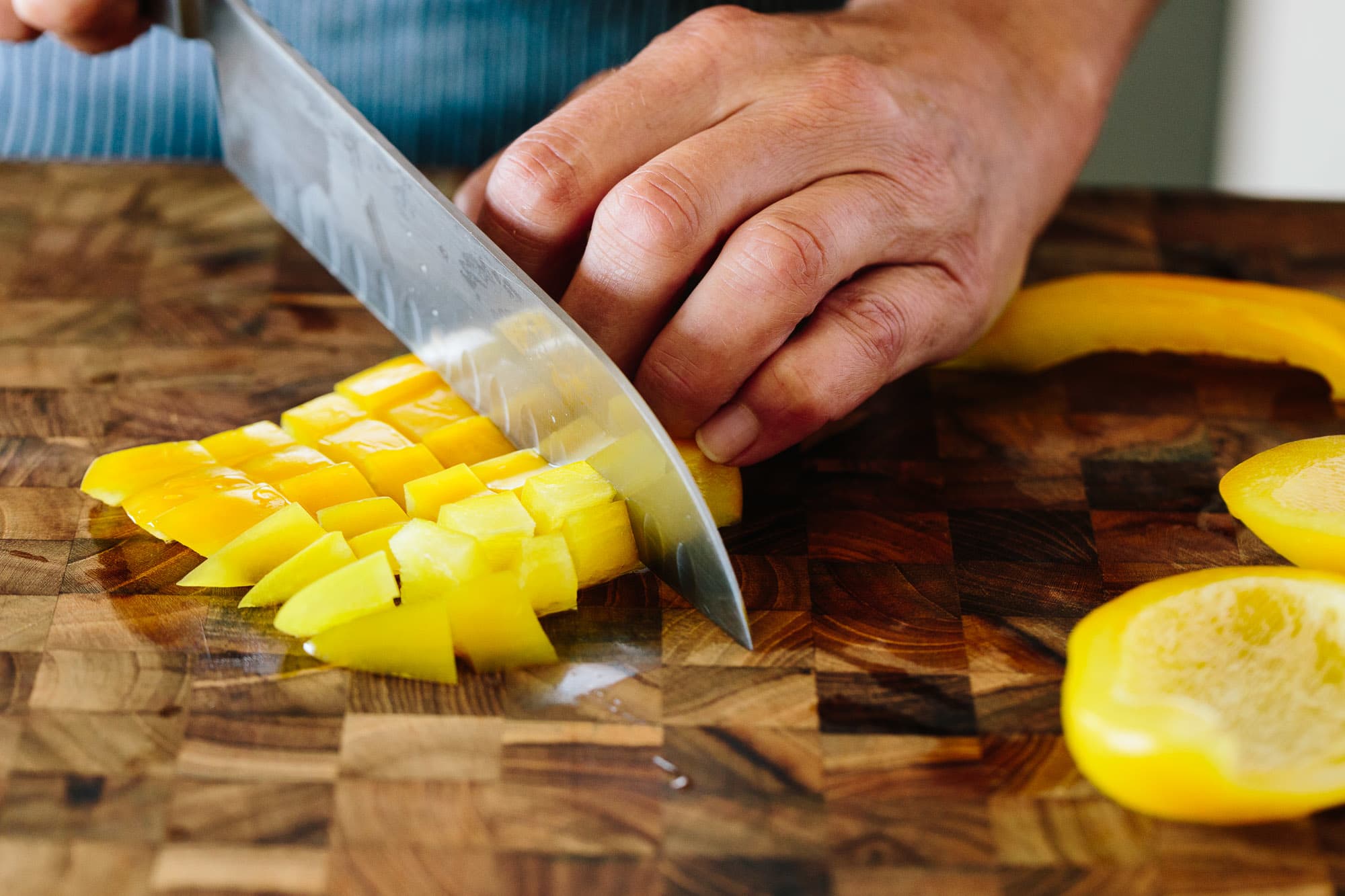If you wonder how to reseal a wood cutting board, you are in the right place. Wood cutting boards are not just tools; they are integral to any kitchen, especially for professionals who rely on their durability and appeal. Over time, with constant use, these boards can lose their protective seal, leading to deterioration and bacteria accumulation. In this guide, we will go in-depth to show you how to properly reseal your wood cutting board, ensuring it stays in prime condition for years to come.
For kitchen professionals, maintaining your tools is essential, not only for hygiene but also for the aesthetics of your workspace. Knowing how to reseal a wood cutting board correctly turns your board into a long-lasting companion in your culinary adventures.

Understanding the Importance of Resealing
Wood cutting boards are typically treated with oils or finishes that protect the surface from moisture and food particles. Resealing is critical for several reasons:
- Prevention of water damage.
- Avoiding bacterial growth.
- Extending the boards lifespan.
Many professionals overlook the state of their boards until they start to show signs of wear and tear. By understanding the importance of resealing, you can ensure that your cutting board performs at its best, helping you maintain the highest standards in food safety.
Materials Needed for Resealing
Before diving into the steps on how to reseal a wood cutting board, it's important to gather the right materials. Heres what you need:
- Food-safe mineral oil
- Soft cotton cloth or paper towels
- Sandpaper (optional for deeper scratches)
- Beeswax (optional for added protection)
These materials are easily obtainable and are typically categorized as safe for food use, ensuring that your kitchen remains hygienic.
Step-by-Step Guide on Resealing a Wood Cutting Board
Heres a detailed step-by-step guide on how to reseal a wood cutting board:
Step 1: Clean the Cutting Board
The first step is to clean your cutting board thoroughly. Use hot soapy water to scrub the surface. For deep cleaning, you might refer to this guide. Rinse well and dry immediately with a clean cloth.
Step 2: Sand the Surface (if necessary)
If your board has significant scratches or stains, consider lightly sanding it with fine-grit sandpaper. This will remove blemishes and prepare the surface for oil application. Ensure that you wipe off the dust with a damp cloth.
Step 3: Apply Mineral Oil
Using a clean, soft cloth or paper towel, generously apply food-safe mineral oil to the surface of the cutting board. Make sure to cover all areas and allow the oil to soak in for about 15 to 20 minutes. Afterward, wipe off any excess oil with another clean cloth.
Step 4: Beeswax Finish (optional)
For those looking for additional protection, apply a thin layer of beeswax over the oil. This adds a water-resistant barrier and can help the oil last longer between applications.
When to Reseal Your Cutting Board
Identifying the right time to reseal your wood cutting board can help maintain its functionality:
- Noticeable dryness or light color of the board
- Cracks or deep scratches
- Absorption of liquids (if liquids dont bead on the surface)
These indicators serve as a reminder to schedule a resealing session to keep your board in peak condition.
Frequency of Resealing
How often should you reseal your wood cutting board? Ideally, a professional chef should reseal their board every month or every two months, depending on frequency of use. If you notice the board has become dry, its better to reseal sooner rather than later to preserve its life.
Common Mistakes to Avoid
When resealing a wood cutting board, avoiding common pitfalls can make the process smoother:
- Neglecting to clean the board properly before application.
- Using non-food-safe oil or finishes, which can leach harmful chemicals.
- Applying too much oil, leading to a sticky surface.
By steering clear of these mistakes, you can ensure that the resealing process is effective.
Additional Care Tips for Wood Cutting Boards
Aside from resealing, practicing regular maintenance keeps your wood cutting board in optimal shape:
- Avoid soaking the board in water or placing it in the dishwasher.
- Use a dedicated board for meats to avoid cross-contamination.
- Regularly wash with hot, soapy water and dry immediately.
These best practices will contribute to a long and effective life for your cutting board, making it a staple in your kitchen.
Conclusion
Properly understanding how to reseal a wood cutting board is an essential skill for any kitchen professional. By following the steps outlined in this guide, you can take a proactive approach to extending the life and functionality of your wood cutting board. Not only does this promote hygiene, but it also ensures that your cutting board remains an appealing tool in your culinary endeavors.

FAQs
1. Can I use vegetable oil to reseal my cutting board?
No, it is not recommended to use vegetable oil as it can go rancid. Use food-grade mineral oil instead.
2. How can I tell if my cutting board needs resealing?
If the surface appears dry or liquids dont bead, its time to reseal it.
3. How long will resealing last?
Depending on usage, resealing can last anywhere from a few weeks to a few months.
For further insights on cutting board maintenance, refer to this resource.
As an Amazon Associate, I earn from qualifying purchases.


























